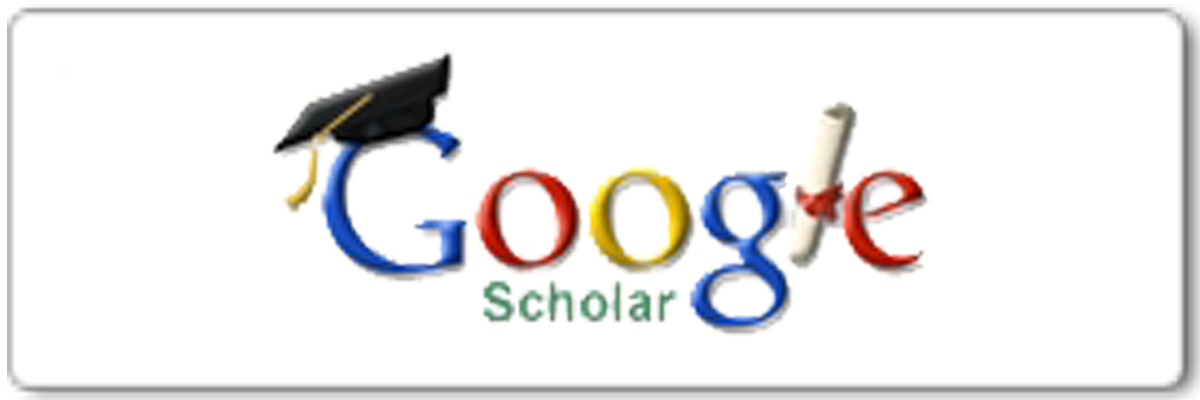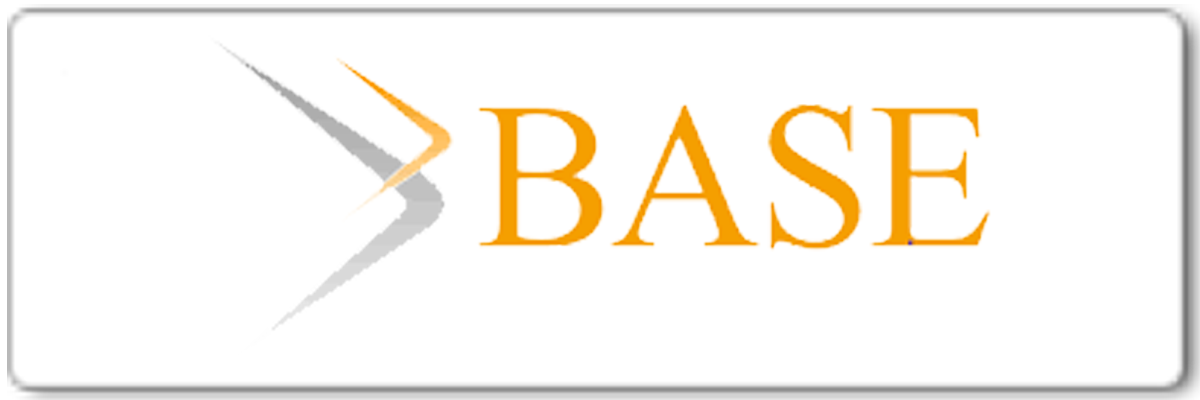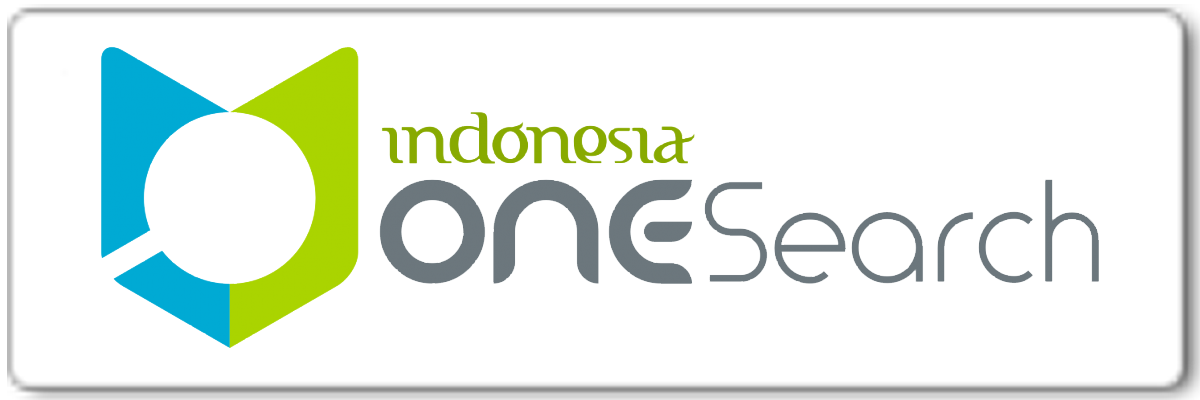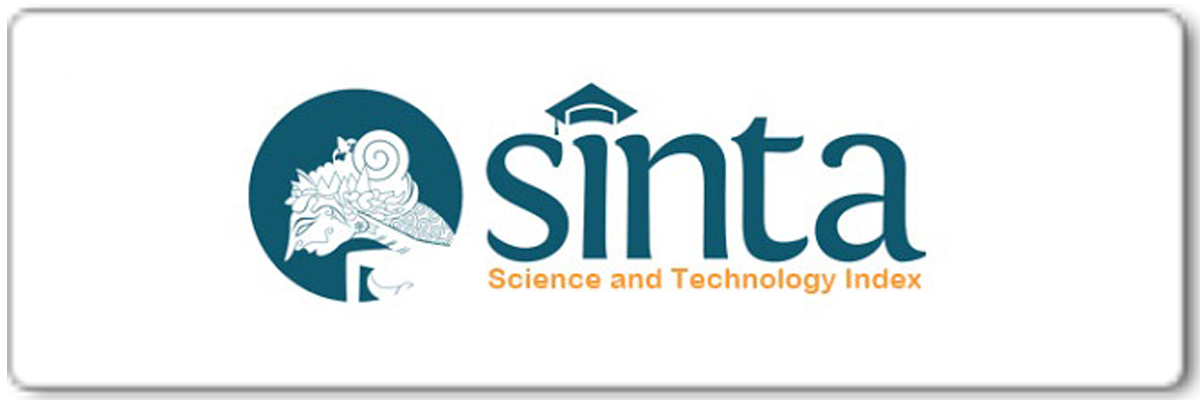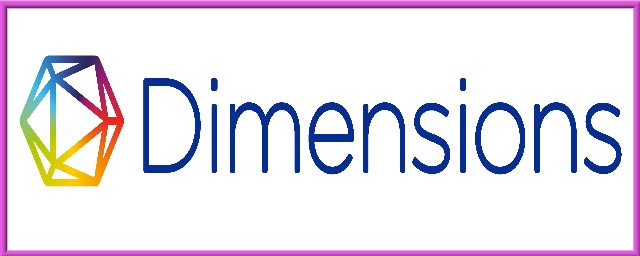Online Submissions
Already have a Username/Password for English Teaching Journal : A Journal of English Literature, Language and Education?
Go to Login
Need a Username/Password?
Go to Registration
Registration and login are required to submit items online and to check the status of current submissions.
Author Guidelines
Address all correspondences and inquiries to the Chief Editor. Author is asked to provide manuscripts as electronic files. With electronic manuscripts formatting requirements are few: a) Use MS Word 2013, double-spaced, 12 pt Times New Roman; b) Use English U.S. or U.K. as the language; c) Indent or space between all paragraphs; d) Use the metric system throughout; e) Avoid text footnotes; they should be incorporated into the text. The manuscript should be arranged in the following order (begin new sections on new pages). Three or more reviewers are provided, at least two of which are from a different university than the authors.
TITLE
Must be brief, informative and indicates the main point(s) of the paper, maximum 14 words.
AUTHORS NAME
Must be complete but without any title, accompanied by author and affiliation address. Corresponding author must provide and use an e-mail address unique to themselves and not one that is shared with another author registered or department.
ABSTRACT
A concise and factual abstract is required. The abstract should state briefly the purpose of the research, the principal results and major conclusions. An abstract is often presented separately from the article, so it must be able to stand alone. For this reason, References should be avoided, but if essential, then cite the author(s) and year(s). Also, non-standard or uncommon abbreviations should be avoided, but if essential they must be defined at their first mention in the abstract itself. The abstract should not exceed 300 words and is constructed in 1 paragraph written in English.
KEY WORD(S)
Should be provided below the abstract to help with the electronic search (3-5 words)
INTRODUCTION
The Introduction section should explain:
- The background to the study
- The aims
- A summary of the existing literature
- The reason why the study was necessary
METHODS
The methods section should include:
- The aim, design and setting of the study
- The characteristics of participants or description of materials
- A clear description of all processes and methodologies employed. Generic names should generally be used. When proprietary brands are used in research, include the brand names in parentheses
- The type of statistical analysis used, including a power calculation if appropriate
- Studies involving human participants, data or tissue or animals must include statement on ethics approval and consent
RESULT AND DISCUSSION
The results and discussion should include the findings of the study including, if appropriate, results of statistical analysis which must be included either in the text or as tables and figures. This section should discuss the implications of the findings in context of existing research and highlight limitations of the study.
CONCLUSION
This should state clearly the main conclusions and provide an explanation of the importance and relevance of the study to the field. The conclusion has to be written in a paragraph.
AKNOWLEDGEMENT
Please acknowledge anyone who contributed towards the article who does not meet the criteria for authorship including anyone who provided professional writing services or materials. Authors should obtain permission to acknowledge from all those mentioned in the Acknowledgements section.
REFERENCES
Citation in text
Please ensure that every reference cited in the text is also present in the reference list (and vice versa) by using an American Psychological Association (APA) Style. Unpublished results and personal communications are not recommended. Citation of a reference as 'in press' implies that the item has been accepted for publication.
Web references
As a minimum, the full URL should be given and the date when the reference was last accessed. Any further information, if known (DOI, author names, dates, reference to a source publication, etc.), should also be given. Web references can be included in the reference list.
Example: AOAC. (2002). Guidelines for single laboratory validation of chemical methods for dietary supplements and botanicals. AOAC International, 1–38.
Reference management software
Users of Mendeley Desktop can easily install the reference style for this journal by clicking the following link:
http://csl.mendeley.com/searchByName/?style
When preparing your manuscript, you will then be able to select this style using the Mendeley plug-ins for Microsoft Word or LibreOffice. All publications cited in the text should be presented in a list of references following the text of the manuscript. The number of references ranges from 15 to 25 positions. The manuscript should be carefully checked to ensure that the spelling of authors' names and dates are exactly the same in the text as in the reference list.
MATHEMATICS
Use italic for variables, bold for vector and matrices, script for transforms, and san serif for tensors. Use superscripts and subscripts in superior or inferior position; do not use raised and lowered fonts.
TABLES
Please submit tables as editable text and not as images. Every table must have a title, and all columns must have headings. Column headings must be arranged so that their relation to the data is clear and refer to column below. Footnotes should be indicated by superscript, lowercase letters. Each table must be cited in the text. Tables are placed next to the relevant text in the article. Number tables consecutively in accordance with their appearance in the text and place any table notes below the table body. Be sparing in the use of tables and ensure that the data presented in them do not duplicate results described elsewhere in the article. Please avoid using vertical rules and shading in table cells.
FIGURES
Please submit figures as editable graph and not as images. Cite each figure in numerical orders in text. Clearly mark orientation on figure, if questionable. Ensure that each illustration has a caption. Supply captions separately, not attached to the figure. A caption should comprise a brief title (not on the figure itself) and a description of the illustration. Keep text in the illustrations themselves to a minimum but explain all symbols and abbreviations used. Indicate latitude and longitude on maps. Color figures, foldouts, pocket maps, etc., can be accommodated, but the costs of color for publishing these special features must be borne by the author.
Submission Preparation Checklist
As part of the submission process, authors are required to check off their submission's compliance with all of the following items, and submissions may be returned to authors that do not adhere to these guidelines.
- The submission has not been previously published, nor is it before another journal for consideration (or an explanation has been provided in Comments to the Editor).
- The submission file is in OpenOffice, Microsoft Word, RTF, or WordPerfect document file format.
- Where available, URLs for the references have been provided.
- The text is single-spaced; uses a 12-point font; employs italics, rather than underlining (except with URL addresses); and all illustrations, figures, and tables are placed within the text at the appropriate points, rather than at the end.
- The text adheres to the stylistic and bibliographic requirements outlined in the Author Guidelines, which is found in About the Journal.
- If submitting to a peer-reviewed section of the journal, the instructions in Ensuring a Blind Review have been followed.
Copyright Notice
1. License
The non-commercial use of the article will be governed by the Creative Commons Attribution license as currently displayed on Creative Commons Attribution-NonCommercial-ShareAlike 4.0 International License.
2. Author(s)' Warranties
The author warrants that the article is original, written by the stated author(s), has not been published before, contains no unlawful statements, does not infringe the rights of others, is subject to copyright that is vested exclusively in the author, and free of any third party rights, and that any necessary written permissions to quote from other sources have been obtained by the author(s).
3. User/Public Rights
ETJ's spirit is to disseminate articles published are as free as possible. Under the Creative Commons Attribution-NonCommercial-ShareAlike 4.0 International License, ETJ permits users to copy, distribute, display, and perform the work for non-commercial purposes only. Users will also need to attribute authors and ETJ to distributing works in the journal and other media of publications.
4. Rights of Authors
Authors retain all their rights to the published works, such as (but not limited to) the following rights;
- Reproduce the work
- Prepare derivative works based upon the work
- Distribute copies of the work
- Perform the work publicly
- Display the work publicly
- Copyright and other proprietary rights relating to the article, such as patent rights,
- The right to self-archive the article (please read our repository policy),
- The right to enter into separate, additional contractual arrangements for the non-exclusive distribution of the article's published version (e.g., post it to an institutional repository or publish it in a book), with an acknowledgement of its initial publication in this journal (English Teaching Journal : A Journal of English Literature, Language and Education).
5. Co-Authorship
If the article was jointly prepared by more than one author, any author submitting the manuscript warrants that he/she has been authorized by all co-authors to be agreed on this copyright and license notice (agreement) on their behalf, and agrees to inform his/her co-authors of the terms of this policy. English Teaching Journal : A Journal of English Literature, Language and Education will not be held liable for anything that may arise due to the author's internal dispute. English Teaching Journal : A Journal of English Literature, Language and Education will only communicate with the corresponding author.
6. Royalties
Being an open accessed journal and disseminating articles for free under the Creative Commons license term mentioned, author(s) are aware that English Teaching Journal : A Journal of English Literature, Language and Education entitles the author(s) to no royalties or other fees.
Privacy Statement
The names and email addresses entered in this journal site will be used exclusively for the stated purposes of this journal and will not be made available for any other purpose or to any other party.
Author Fees
This journal charges the following author fees.
Article Submission: 0.00 (IDR)
Authors are required to pay an Article Submission Fee as part of the submission process to contribute to review costs.
Article Publication: 400000.00 (IDR)
If this paper is accepted for publication, you will be asked to pay an Article Publication Fee to cover publications costs.
If you do not have funds to pay such fees, you will have an opportunity to waive each fee. We do not want fees to prevent the publication of worthy work.


